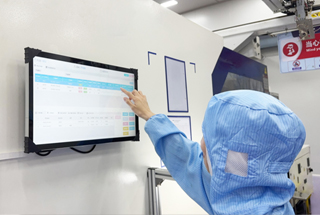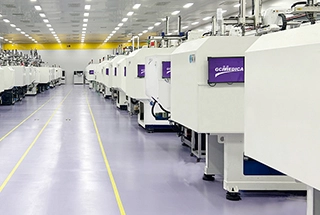Enteral feeding is a common and effective method of providing nutritional support by delivering liquid nutrition directly into the gastrointestinal (GI) tract for individuals who cannot consume food orally or safely swallow. There are several types of enteral feeding, each tailored to the patient’s specific needs, the duration of feeding required, and the functionality of the GI tract. One of the most common methods is the nasogastric tube (NG tube), which is inserted through the nose, passes down the esophagus, and ends in the stomach. NG tubes are typically used for short-term feeding (up to six to eight weeks) and are relatively easy to place at bedside. However, they can sometimes cause discomfort or nasal irritation.
For patients who are unable to tolerate gastric feeding due to issues such as severe reflux or delayed gastric emptying, a nasojejunal tube (NJ tube) may be used. This tube is inserted similarly to an NG tube but advances further into the jejunum, the middle part of the small intestine, which can help reduce the risk of aspiration and other complications related to gastric motility. For long-term nutritional support, gastrostomy tubes (commonly inserted by percutaneous endoscopic gastrostomy, or PEG) provide a direct access point to the stomach through a small incision in the abdominal wall. Gastrostomy tubes are preferred when prolonged feeding is anticipated, as they are less visible, more comfortable over time, and allow the patient greater mobility.
Additionally, jejunostomy tubes are inserted directly into the jejunum, either via endoscopic or surgical techniques, and are useful when the stomach is not a viable option due to anatomical or functional concerns. In some cases, gastrojejunostomy (GJ) tubes are utilized; these dual-lumen tubes provide both gastric access for drainage and jejunal access for feeding, making them especially beneficial for patients at high risk of aspiration. Feeding methods can also differ: bolus feedings mimic regular meals and are often used in stable patients with controlled volumes, while continuous pump-assisted feeding allows for a steady, lower rate of nutrition infusion, which is particularly useful in critically ill or post-surgical patients with limited gastric capacity. Each type of enteral feeding has its own set of advantages and potential complications, and the choice is made based on a thorough assessment by a multidisciplinary healthcare team to ensure optimal patient outcomes.
Related Recommendations
- Polyurethane Nasogastric Feeding Tubes
- Polyurethane Y-Port Nasogastric Feeding Tubes


 Français
Français Español
Español Products
Products

 About Us
About Us











